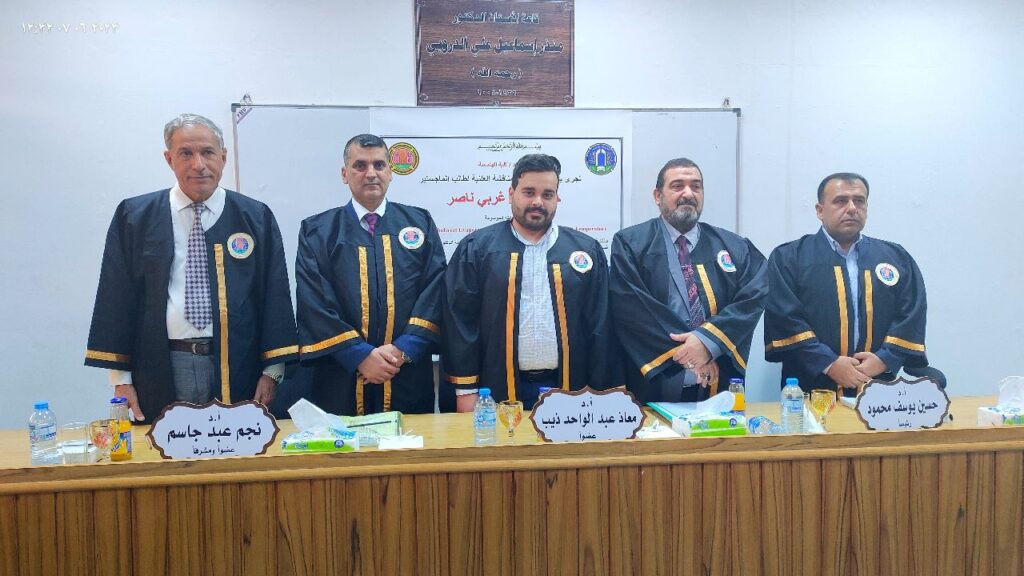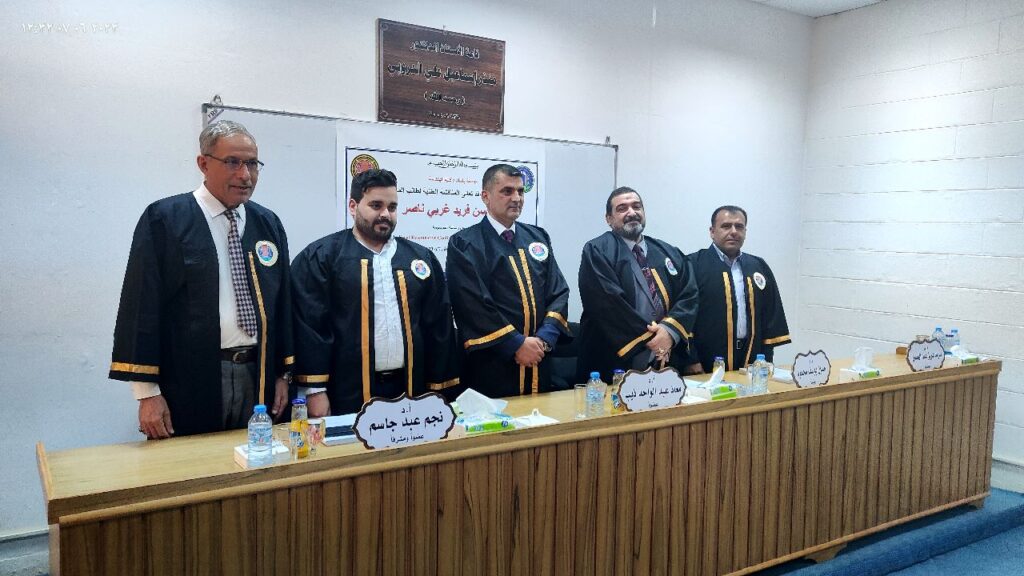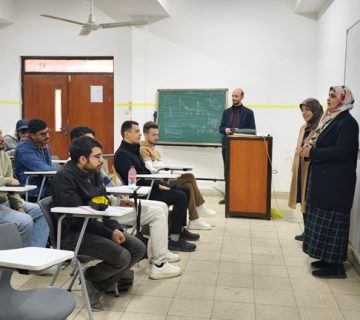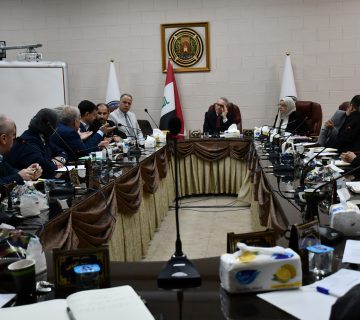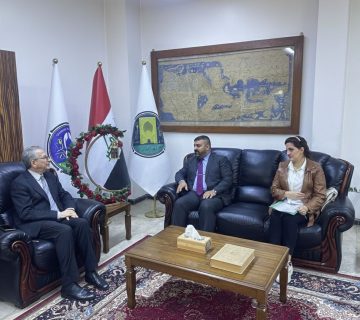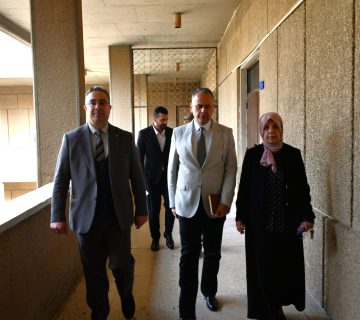It was conducted on Sunday, 7/6/2023, in hall of Dr. Munther Al-Droubi the discussion of the master’s thesis of the student Hassan Farid Garbi, which is tagged:
“Performance Investigation of Indirect Evaporative Cooling of Air to a Sub-Wet Bulb Temperature”
The discussion committee consisted of names listed below:
Prof. Dr. Hussein Y. Mahmmod – University of Baghdad / College of Engineering / Department of Environmental Engineering Chairman.
Prof. Dr. Maathe A.Theeb – Al-Mustansiriya University / College of Engineering / Department of Mechanical Engineering / – Member.
Lect. Dr. Sarmad A. Abdul Hussein – University of Baghdad / College of Engineering / Department of Mechanical Engineering – Member.
Prof. Dr. Najim A. Jassim – University of Baghdad/ College of Engineering/ Department of Mechanical Engineering – Supervisor.
The thesis was summarized as follows:
The rise in energy consumption during the summer season has led to widespread use of evaporative cooling coolers however the largest restriction to their usage is the ultimate provided temperature that is surrounding air wet-bulb temperature (WBT). The thermal process of direct evaporative cooling was improved and modified to attain sub-wet bulb temperature of surrounding air through splitting the air entering the cooler into secondary and primary air. The primary air is indirectly cooled without increasing its moisture content.
The experimental rig was built in Baghdad to study four configurations of indirect evaporative cooling coolers (two stage parallel flow, two stage counter flow, two stage combined parallel-regenerative flow, and single-stage counter flow regenerative) each stage contains ten dry channels and ten wet channels, with a length of 80 cm and operating conditions at 43±1 oC ambient temperature, 23±2% relative humidity (RH), (9,16,20( Liter per minute (LPM) water flow rate, and )150-350( Cubic meter per hour (CMH) total inlet air. The experimental results showed that excessive spraying of large amounts of water (more than 9 LPM) and increased airflow on aspen pads in wet channels negatively affected the performance of coolers and the traditional aspen pads in wet channels can reduce the ambient air temperature 43±1 oC to levels below the wet bulb temperature of ambient air 24.95 oC for all four configurations. The highest obtained value of wet bulb effectiveness (WBE) and coefficient of performance (COP) was at 9 LPM for two stage combined parallel-regenerative flow (1.17, 8.95), single-stage counter flow regenerative (1.06, 8.37), two stage counter flow (1.10, 7.94), and two stage parallel flow (1.08, 7.85) respectively.
The numerical simulation analysis used ANSYS Fluent (Version 16.0) to solve the governing equations of continuity, energy, and momentum by finite volume technique. The primary air temperature in dry channels was estimated with the change in relative humidity in wet channels for water flow rate 9 LPM and 16 LPM. The numerical simulation results showed good convergence with experimental results with an approximate error for two stage combined parallel-regenerative flow 8.41%, single-stage counter flow regenerative 9.29%, two stage counter flow 7.76%, and two stage parallel flow 7.11% respectively.
After scientific discussions by the discussion committee members on the contents of the thesis in-depth and expressing their observations, directives, and defense by the student, the thesis was accepted and the student was awarded the M.SC in Mechanical Engineering Sciences with a grade of very good.
On this occasion, we cannot help but extend our thanks to the student, Hassan Farid Garbi, for his outstanding efforts throughout the study period, wishing him continued success. We also thank the supervisor and the discussion committee members, for their tireless and distinguished effort, in a way that befits the submission of the thesis in the best way and in accordance with the scientific level presented.


